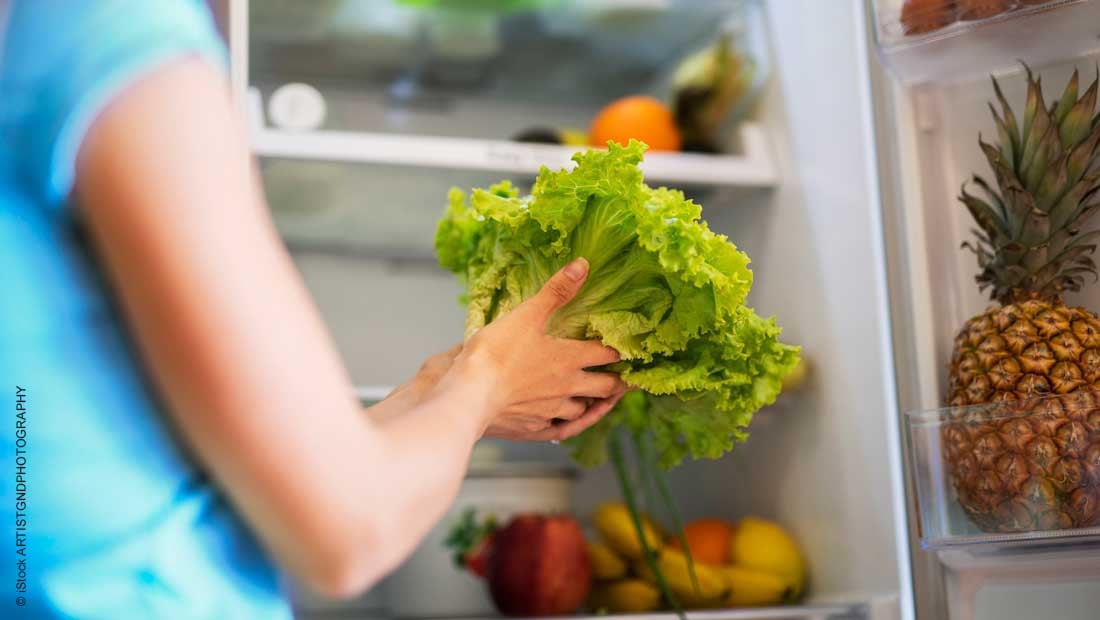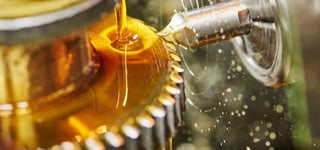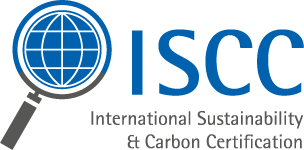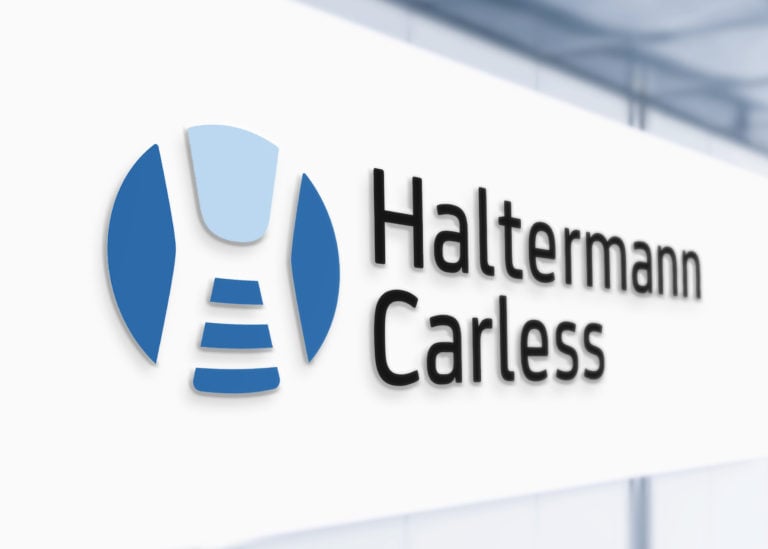
Cyclopentane is an indispensable component of the insulation industry. But what exactly makes this feedstock so valuable – and why does it ensure that food stays fresh longer and refrigerators use less energy? In this article, you will learn what Cyclopentane is, how it works as a blowing agent in insulation mateials, and what benefits it offers for modern cooling systems.
Fresh, chilled or frozen products have become an indispensable part of our lives. Particularly sensitive goods such as fish or vegetables need an uninterrupted cooling chain to guarantee the quality of the products throughout the entire processing route.
It is not surprising that the requirements for the energy efficiency of refrigeration appliances are particularly high, as energy consumption represents a significant contribution to costs. Insulating materials for refrigeration appliances, foamed with Cyclopentane, therefore make a valuable, positive contribution to this balance.
FAQs about CyclopentaneWhat is Cyclopentane? Cyclopentane is a hydrocarbon used as a blowing agent in the manufacture of insulation foams. These foams are primarily used as efficient insulation in refrigerators, freezers, cooling trailers as well as buildings. What is Cyclopentane used for? Cyclopentane is mainly used in the refrigeration and construction industries. As blowing agent it improves the insulating performance of foams and thus contributes to energy savings. What are the advantages of Cyclopentane compared to other blowing agents? Compared to CFCs (chlorofluorocarbons) and HFCs (hydrofluorocarbons), Cyclopentane is more environmentally sound. Like all Pentanes, it has no ozone depletion potential (ODP = 0) and a low global warming potential (GWP < 1). What benefits does Cyclopentane offer over other Pentanes (n-Pentane, iso-Pentane)? Cyclopentane is characterised by very good insulation performance in PU and PIR foams, a stable cell structure, and controlled evaporation behavior. It can also be easily combined with n- and iso-Pentane to produce blends with optimised properties. What does mass balance mean for Cyclopentane? The principle of mass balance allows fossil raw materials to be partially replaced by sustainable alternatives without changing the chemical structure of the product. This means more sustainable products with the same quality. Cyclopentane is available with ISCC PLUS certification. Find out more about ISCC PLUS and mass balance products here. |
Excellent insulation and plenty of usable volume with Cyclopentane
If you look at the cooling chain of any fresh product, such as a head of lettuce, a large number of cooling units are used. Soon after harvesting, the lettuce is packed in a hall with air conditioning. To keep it cool, the walls are insulated with panels foamed with Cyclopentane. Similar insulation materials are installed in the refrigerated truck that picks up the lettuce. The refrigerated counter in the supermarket is insulated in the same way as the refrigerator at home, where the head of lettuce is often stored just a few hours after harvesting.
Energy efficiency and maximum energy savings play a crucial role in the entire cooling chain. At the same time, the usable volume of the refrigeration units or the refrigerated truck should be as large as possible. A particularly large volume is also an important issue for household refrigerators, which are usually standardised in width and height. For a refrigeration logistics company, more volume with better insulation is a significant increase in efficiency and thus also a financial advantage.
Energy conservation and environmental protection through sustainable refrigeration logistics are further benefits for us all.
Read more:
Sustainable refrigeration logistics through PU insulation with Cyclopentane
Insulating foam made of Polyurethane (PU) is in most cases the means of choice for ensuring maximum energy efficiency. The blowing agent Cyclopentane makes an invisible but noticeable contribution. In principle, all Pentanes are suitable, including n-Pentane and iso-Pentane. Cyclopentane provides particularly good insulation due to the very low thermal conductivity of the molecule. Thus, the layer thickness of the Polyurethane (PU) foam can be reduced and the usable volume increased.
With Cyclopentane as a blowing agent, greater energy savings can also be achieved in refrigeration units, refrigerated trucks or cold storage rooms and halls. The use of Cyclopentane thus contributes directly to climate protection and cost savings.
Worth reading:
- Haltermann Carless offers largest Cyclopentane capacity for the world market
- Speyer site is the heart of Cyclopentane production of Haltermann Carless - interview the Production Manager
Stay informed with our Blog!Subscribe to our blog and benefit from regular information on valuable hydrocarbon topics: |
Conclusion
Energy-efficient refrigeration logistics pays off. A particularly high efficiency can be achieved very quickly with insulation materials foamed with Cyclopentane. The blowing agent Pentane contributes to a high insulating effect and allows more usable interior volume in refridgerators and cooling systems. Less energy consumption is therefore on the one hand more cost-efficient, and on the other hand it is a promising investment in environmental and climate protection.
This might also be of interest to you:
This article was first published on 01.07.2021 and revised on 26.09.2025.
























